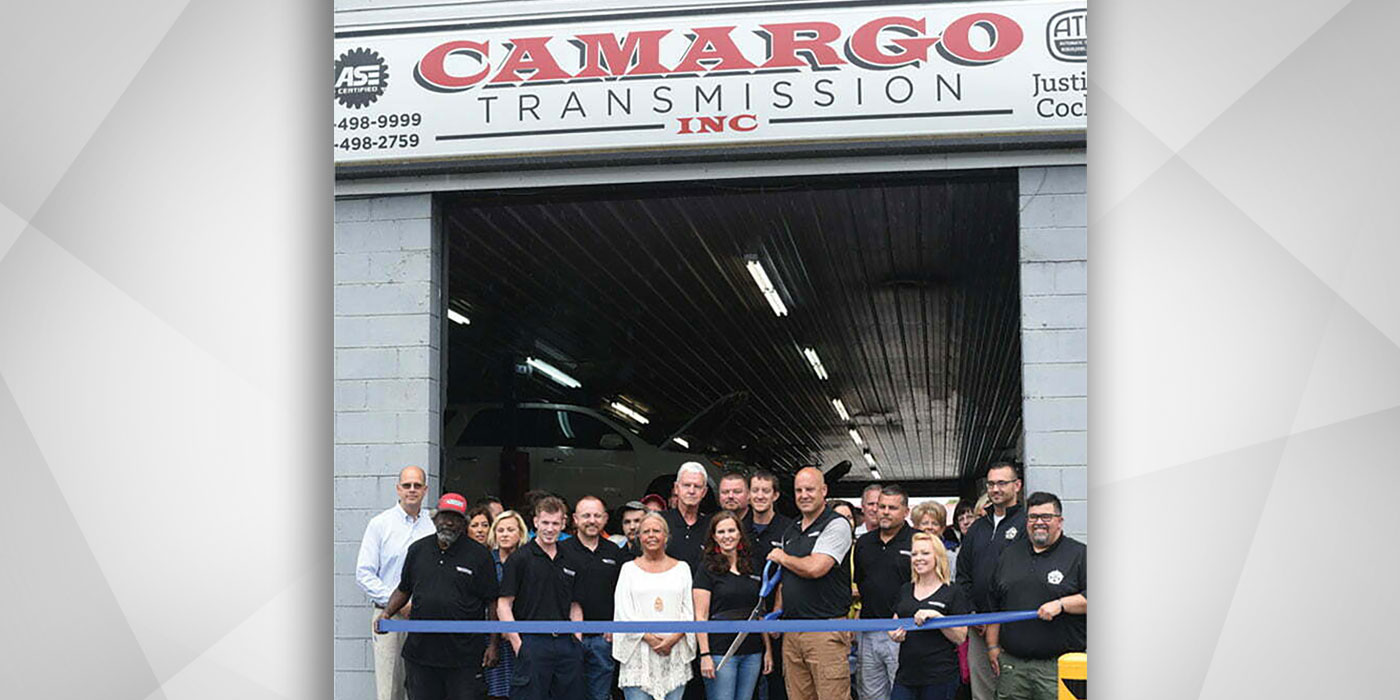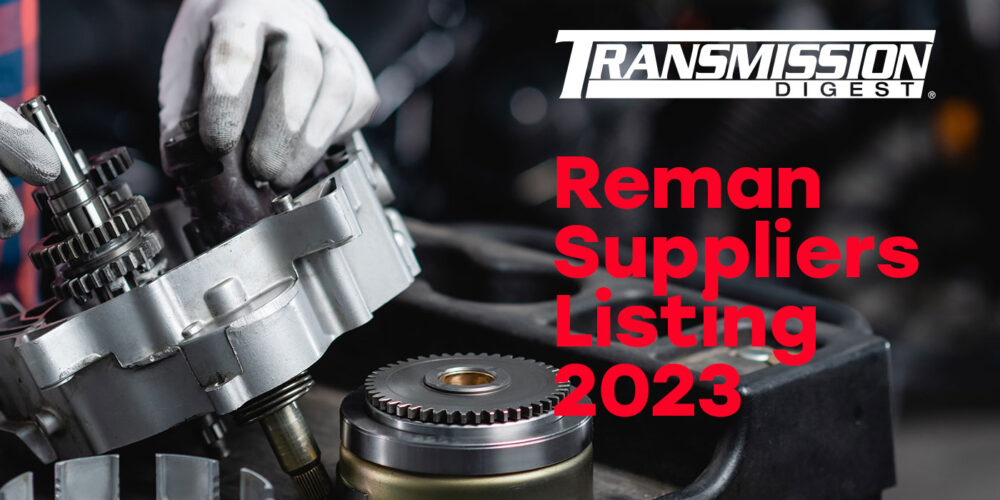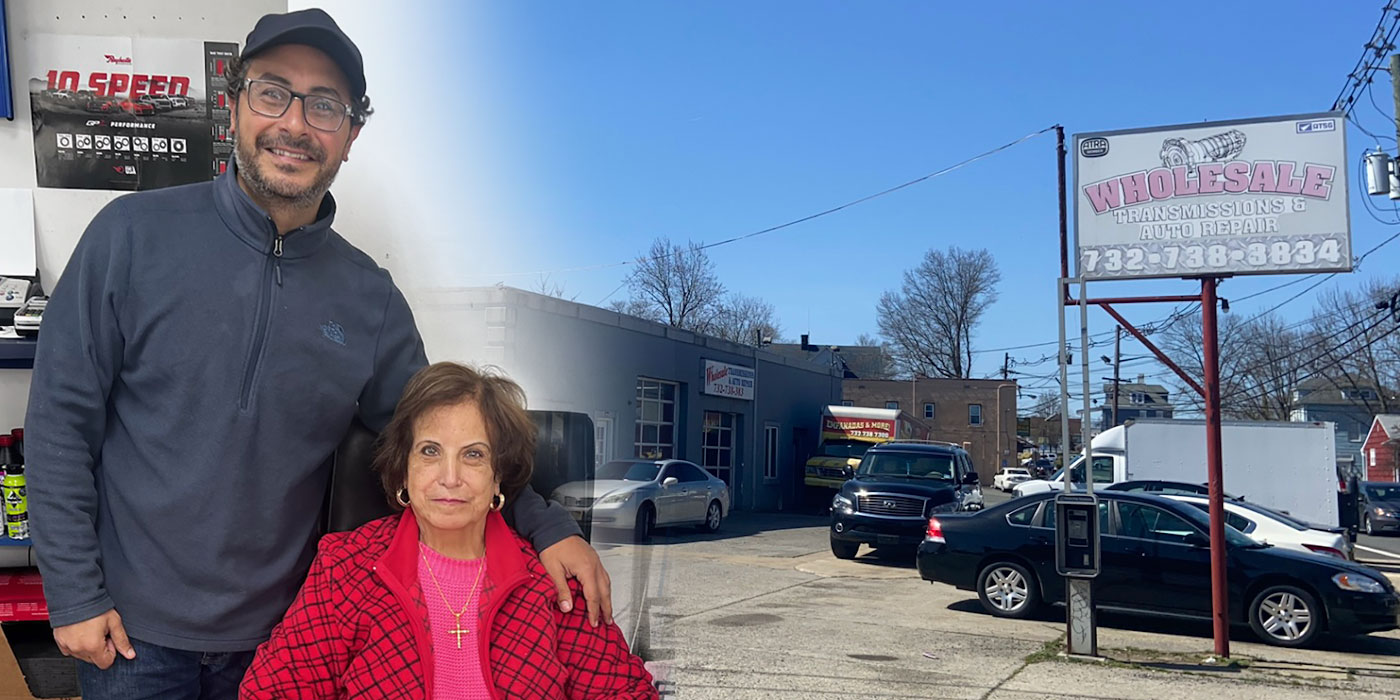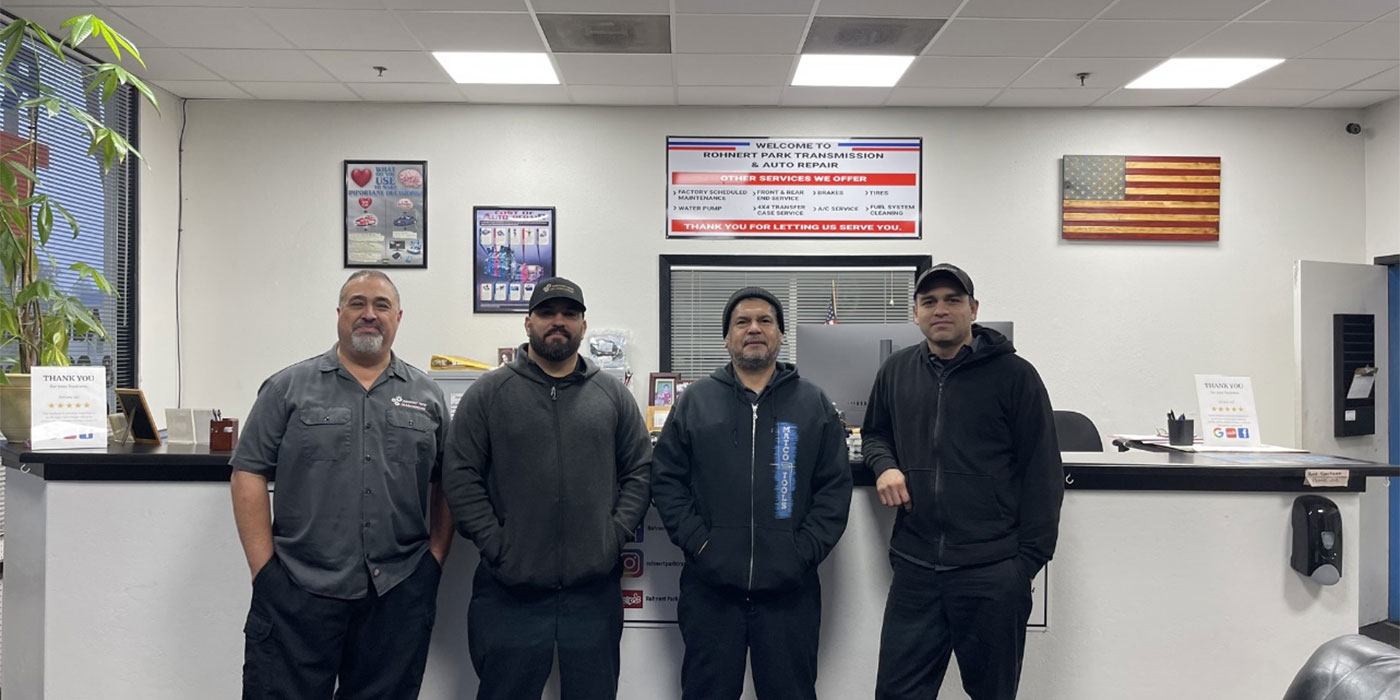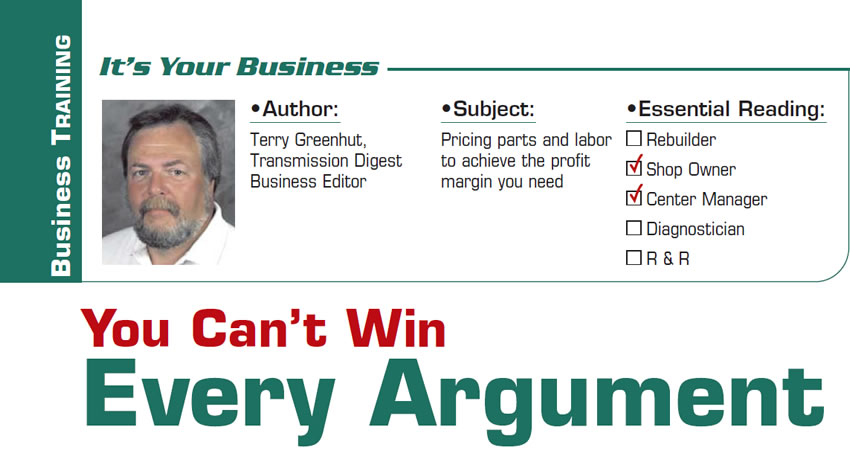
It’s Your Business
- Subject: Pricing parts and labor to achieve the profit margin you need
- Essential Reading: Shop Owner, Center Manager
- Author: Terry Greenhut, Transmission Digest Business Editor
I found myself in an argument the other day that I couldn’t win no matter how right I might have been. It was with two golf buddies who know I’m in the auto-repair business and chose to vent their frustration about the cost of car repairs on me.
These guys complained about everyone in our business, from dealers to franchises to independent garages. They said we were all overcharging and just guessing at the causes and fixes of problems – all of us, that is, except for one mechanic whom they liked but who had, unfortunately for them, gone out of business recently. They said that while everyone else was ripping them off, this mechanic was able to fix their cars for about half the local going labor rate and was marking up parts by only 10%, or they could bring their own and save even more.

To hear these guys talk you’d think the sun rose and set on their “mechanic.” They indicated that all his customers felt the same way about him. “Why, then, did he go out of business?” I asked. They didn’t know; in fact, they had trouble believing he went out, because his shop always seemed to be busy.
Guess he subscribed to the old theory that he could lose money on every sale but somehow make it up in volume. It obviously doesn’t work that way. We know why he went out. They should have known too when he totally disappeared – tools, equipment and all. If I were a gambling man I’d bet that he owed everyone money, that he’d strung out his suppliers, the landlord and the utility companies as long as he could, but one day it all came back to him like the perfect storm; all his creditors jumped down his throat at once. That was the end; nowhere to go but disappear.
So in the light of day what did these two buddies of mine gain by going to their undercharging mechanic? Nothing; they might have saved some money for a while but now have to start all over again looking for someone they think they can trust to take care of their cars.
Under a shade tree in his backyard this mechanic might have been able to eke out a living, but paying New York rent and everything else that goes along with being close to the biggest city in the world dictate that you have to charge enough to cover all those crazy expenses to survive and prosper.
He didn’t, so where did that leave his customers? What happened to any warranties he gave on his work? Who will honor them now? The answer is “no one,” and since he might have been buying parts of less than top quality to keep his costs down there’s a good chance that many of his jobs won’t make it off warranty. His ex-customers whom he seemed to be helping with his low prices have been hung out to dry, so not only did he do himself no favors by selling his work so cheaply but also he did none for his customers or suppliers either. You may want to tell this story to the next customer who complains about your prices to show why you need to charge what you do.
Although it’s obvious to most of us why the shop went out of business, it wasn’t to the customers, and I’m sure not to the owner until sometime near the very end. People who have never owned or run a business don’t usually have much of an idea what it really costs and how slim the margins can be, but then again there are many small-business owners who don’t know either.
All customers want to know is what it will cost them and how quickly they can get it done. They’re right. They shouldn’t have to worry about how the business owner pays his bills – or should they? If they’ve found a shop they believe is honest and gets the work done in a reasonable time frame they will likely want it to continue in business. If so, they need to be concerned that the owner is making a living from it or at some point he will have to close it down. When a price seems too low to them, they need to question it just as they would if they thought it was too high. The problem is that most customers never would question a lower price. They would just think they got away with something and keep quiet about it.

A mechanic who at some point becomes a shop owner is the hardest to convince that he must now be following a whole different set of rules than he had as an employee if he wants to be a success. After all, most employees who break away to start up their own businesses do so because they think the owner is making a ton of money off their skills, so why not make it all for themselves? If they’ve never dealt with the expense side of running a shop, the only numbers they see are on the bottom line of the repair order and an occasional parts bill at wholesale price. It all looks good when they see a $1,500 or $2,000 ticket, but what went into that job? How much is left for the owner to keep? These are questions that don’t get answered right away, not until the bills start coming, and by then many are in too deep a hole because they didn’t have a lot of operating capital to begin with.
Both new and established business owners would benefit from having a set of questions and rules to apply when pricing their work to be sure they’re getting enough to cover their costs and actually turn a profit. Here are some to consider:
- 1) Are parts and labor my only source of revenue? If so, they have to cover everything, including what we call the “quiet contingencies” like mistakes my technicians make that never allow the car to leave and warranty costs for cars that make it out the door but come back.
- 2) Does my labor rate make sense? Is it based on my costs and the profit I need to make, or am I being influenced by what I think others charge or what I believe my customers are willing to pay?
- 3) Does my labor rate reflect the real productivity of my technicians? If my rate is based on technician productivity at 100% when they might be producing at only the national average rate of 50%, how close to right is my labor rate? At $110 per hour with a 50% productivity rate the effective labor rate would be only $55 an hour, which we all know cannot sustain any shop today.
- 4) Am I marking my parts up enough? Way back in the old days shops would mark up parts for an average 40% gross-profit margin, which meant that a part that cost the shop $1 was sold for $1.67. Unfortunately, many mechanic/shop owners never learned about gross-profit margin and thought that if a part cost them $1 and they multiplied it by 1.4 that would give them 40% at $1.40. That, in fact, is only a 28% gross-profit margin, way less than what they needed. Today if a shop isn’t averaging 60%, or about 2.5 times its cost, it isn’t making money. The cost of everything else that needs to be figured into the job has gone up so high and since all we can charge for is parts and labor, we need to make sure that pricing includes all of our costs and a profit. I know I said that twice; guess it’s important!
- 5) Charging for diagnosis makes a lot of sense but only if you can get your customers to pay it and not leave you for someone who isn’t charging for it. If you find that you are the only one or one of the few charging for it and you’re losing customers in these strained economic times because people don’t want to pay for what they consider to be something of no tangible value to them, it probably would be best to work your diagnostic charges into a combination of a slightly higher labor rate and a few more points of markup on your parts. That way it will mostly go unnoticed and you’ll never forget to charge for it.
- 6) Buy in bulk whenever you can, even if you believe you’re laying out a fair amount up front. The difference between buying bulk oil and a few cases at a time, for example, can be an awful lot. It can mean the difference between making or losing money on a job like an oil change.
- 7) My ex-partner had a saying that made a lot of sense: “You can’t sell off an empty truck.” When you don’t have windshield wipers, cabin filters, air filters etc. in stock and have to wait each time you want to sell them for the parts store to deliver to you while your quick-oil-change customer cools his heels in your waiting room, you won’t sell many of those items. When they’re in stock you’ll move them. Take inventory. See what moves and keep it on the shelves. Sometimes the outside salesperson from the parts store will be able and happy to keep you continually stocked.
The most-important thing is to not be afraid to charge what you need. You may get the occasional comment or objection from a customer, but don’t let it bother you. If you’re doing good work you can make them understand why they have to pay a fair price for it. Always remember, shop owners rarely quit this business when they’re making money at it; they quit when they’re not. If you watch your expenses, charge the right amount and take excellent care of your customers you’ll be there making money long after your low-ball competitors are just a memory. That’s how to win arguments.

Terry Greenhut, Transmission Digest Business Editor. Visit www.TerryGreenhut.com.




